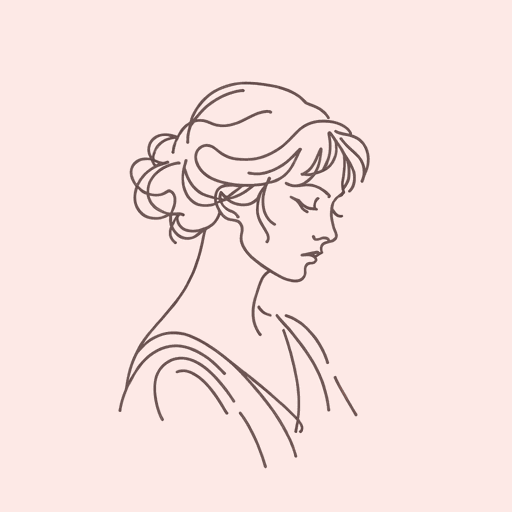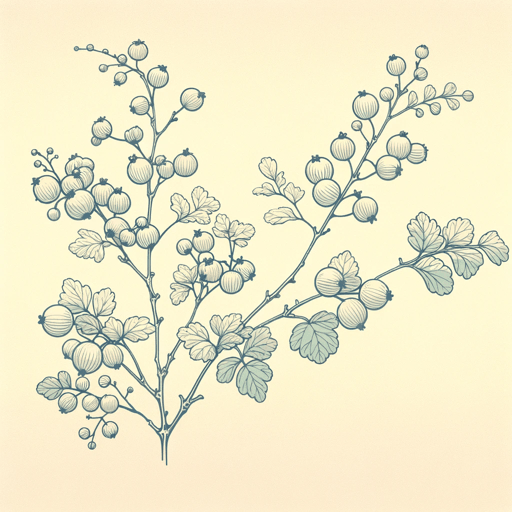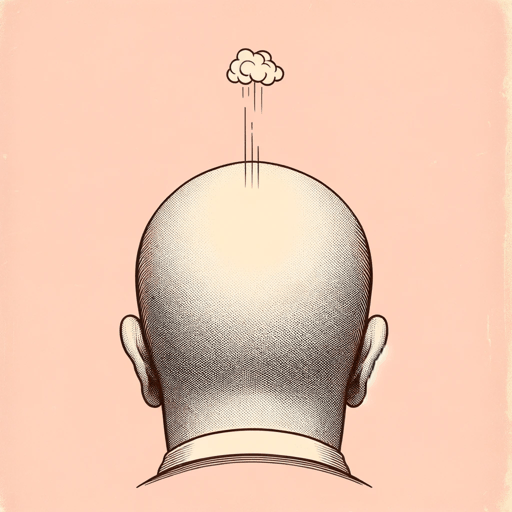46 pages • 1 hour read
Anton ChekhovThe Cherry Orchard
Fiction | Play | Adult | Published in 1904A modern alternative to SparkNotes and CliffsNotes, SuperSummary offers high-quality Study Guides with detailed chapter summaries and analysis of major themes, characters, and more.
Background
Socio-Historical Context: Russia at the Turn of the 20th Century
For centuries, Russian society was divided into the land-owning aristocracy and the peasantry who were called serfs. The serfs were enslaved to a parcel of land, and they were owned and sold along with that property. In the 19th century, Russia began to adopt cultural ideals from Western Europe; however, the practice of serfdom limited the development of a free market economy. Therefore, in 1861, Tsar Alexander II signed the Emancipation Reform and freed 23 million serfs—they made up 34.4 percent of the Russian population (Zenkovsky, Serge A. “The Emancipation of the Serfs in Retrospect.” The Russian Review, vol. 20, no. 4, 1961, pp. 280-93).
The Emancipation brought huge changes to Russian society. While the peasant class initially faced many obstacles to improving their position in society, the reform cleared the way for the growth of Russia’s middle class and the dissipation of the aristocracy’s power. Without access to the free labor the serfs provided, the land-owning class could no longer afford their lavish lifestyle, because of which many estates were parceled and sold. Written in 1903 and first performed in 1904, The Cherry Orchard is steeped in this historical context. Lubov is in denial about the changing social structure that makes her lavish lifestyle unsustainable.
Related Titles
By Anton Chekhov

At Home
Anton Chekhov

Gooseberries
Anton Chekhov

The Bet
Anton Chekhov

The Darling
Anton Chekhov

The Death of a Government Clerk
Anton Chekhov

The Duel
Anton Chekhov

The Lady With The Dog
Anton Chekhov

The Seagull
Anton Chekhov

Three Sisters
Anton Chekhov

Uncle Vanya
Anton Chekhov

Vanka
Anton Chekhov

